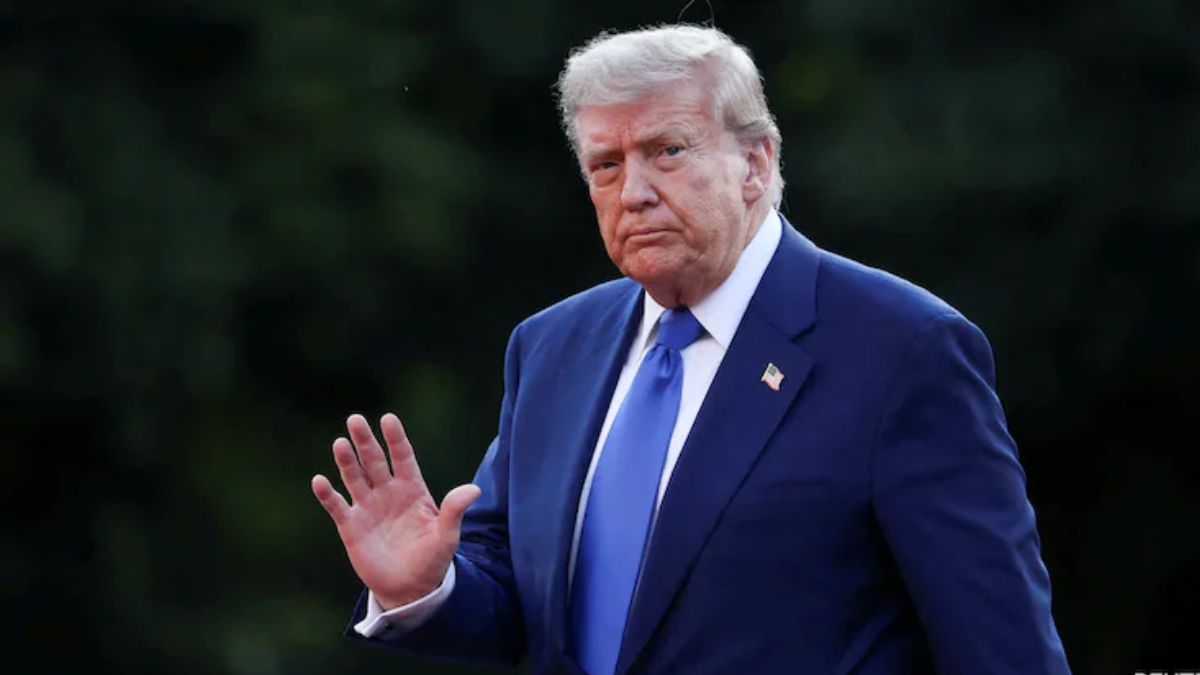The United States’ aggressive tariff push under President Donald Trump is entering a decisive phase, as key trade partners across Asia scramble to negotiate last-minute deals before a looming August 1 deadline.
From New Delhi to Tokyo, pressure is mounting on negotiators to deliver outcomes that will spare their countries from steep tariff hikes, while Washington also eyes curbs on Chinese transshipments through regional allies.
India-US trade talks
India’s trade team, led by chief negotiator Rajesh Agrawal, recently concluded its fifth round of talks in Washington, with the American delegation expected to visit New Delhi next in a last-ditch effort to secure a breakthrough.
The key sticking points include India’s refusal to open its agriculture and dairy markets, and US reluctance to cut tariffs on Indian steel, aluminium and autos.
While both sides are said to be considering deferring contentious issues to a later phase, no formal commitments have been made. A formal tariff notice has yet to be issued by Washington, adding to the uncertainty.
Trump had threatened in April to impose a 26 per cent tariff on Indian imports, but paused implementation to allow negotiations.
Marcos Jr heads to the White House
Meanwhile, President Ferdinand Marcos Jr of the Philippines is scheduled to meet Trump this evening (Tuesday) in a bilateral engagement that officials say could include trade talks and defence cooperation.
While Manila has not faced the same level of tariff threats as other Asian nations, the meeting is expected to underscore the US pivot to the Indo-Pacific, and Manila’s alignment with Washington in regional security matters could play into trade goodwill.
Japan’s top negotiator in Washington
In another critical development, Japan’s chief trade negotiator Ryosei Akazawa met US Commerce Secretary Howard Lutnick in Washington on Monday evening for more than two hours.
Japan’s cabinet secretariat described the discussions as “frank, in-depth” and said they were aimed at achieving a “mutually beneficial agreement”. Akazawa is in Washington for an eighth round of talks, but no concrete results have emerged since negotiations began in April.
Impact Shorts
More ShortsJapanese Prime Minister Shigeru Ishiba is under added pressure following his coalition’s election setback on Sunday. Without a deal, tariffs on Japanese exports to the US will rise to 25 per cent on August 1, up from a baseline of 10 per cent and an initial offer of 24 per cent, Bloomberg reported.
Loopholes used by China come under scrutiny
A parallel challenge for the Trump administration is curbing trade practices it claims are being used by China to circumvent US tariffs. According to Bloomberg Economics, China has increasingly routed goods to the US via third countries such as Vietnam and Mexico. The share of China’s value-added manufacturing channelled this way surged to 22 per cent in 2023 from 14 per cent in 2017.
“Trade flows via third countries are substantial and have helped cushion the blow from existing US tariffs,” Bloomberg Economics analysts Chang Shu, Rana Sajedi and David Qu wrote. “Tighter controls on these shipments would increase the damage from the trade war and could erode growth opportunities in the long term.” Analysts estimate that targeting such transshipments could affect up to 70 per cent of China’s exports to the US and dent more than 2.1 per cent of China’s GDP.
Malaysia and Vietnam weigh their options
Malaysia, meanwhile, is pushing for a reduced tariff rate closer to those offered to Indonesia and Vietnam, but is resisting US demands on electric vehicles, foreign ownership and subsidy cuts. Prime Minister Anwar Ibrahim has made it clear that the government has drawn a “red line” on policies favouring Malays and indigenous people.
Vietnam too has faced turbulence in its dealings with Washington. Officials in Hanoi were reportedly blindsided in early July by a US announcement that it had agreed to a 20 per cent tariff rate. Negotiators are still working to finalise the terms of that deal, according to recent statements from Vietnamese officials.
With inputs from agencies
)